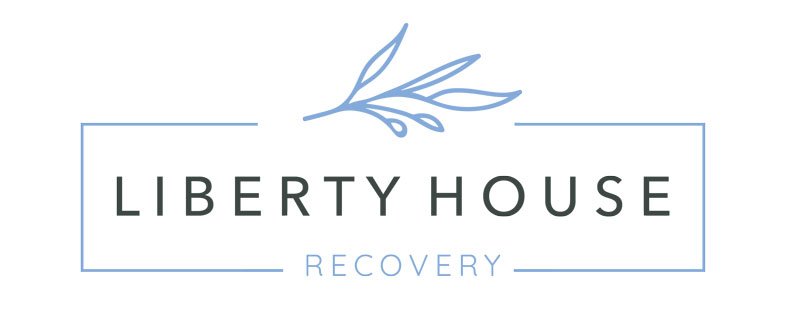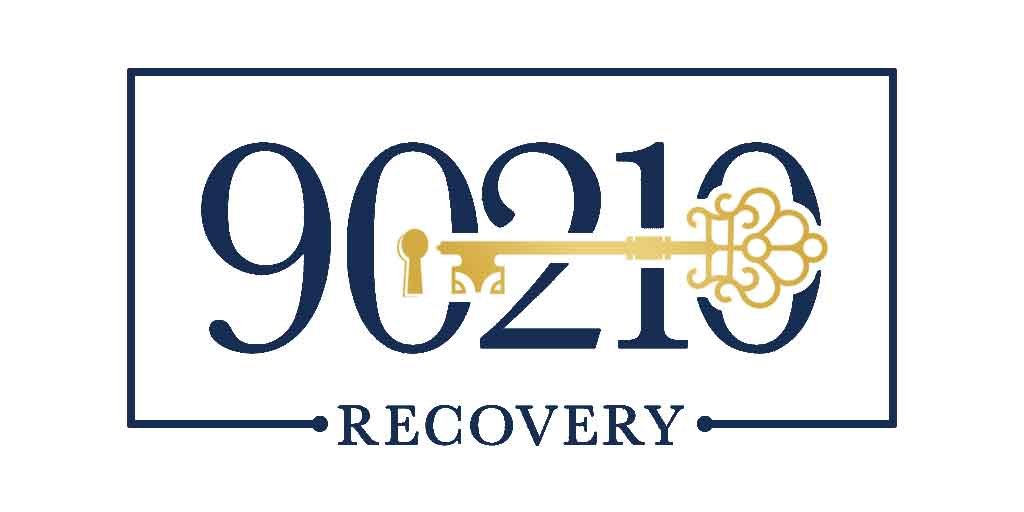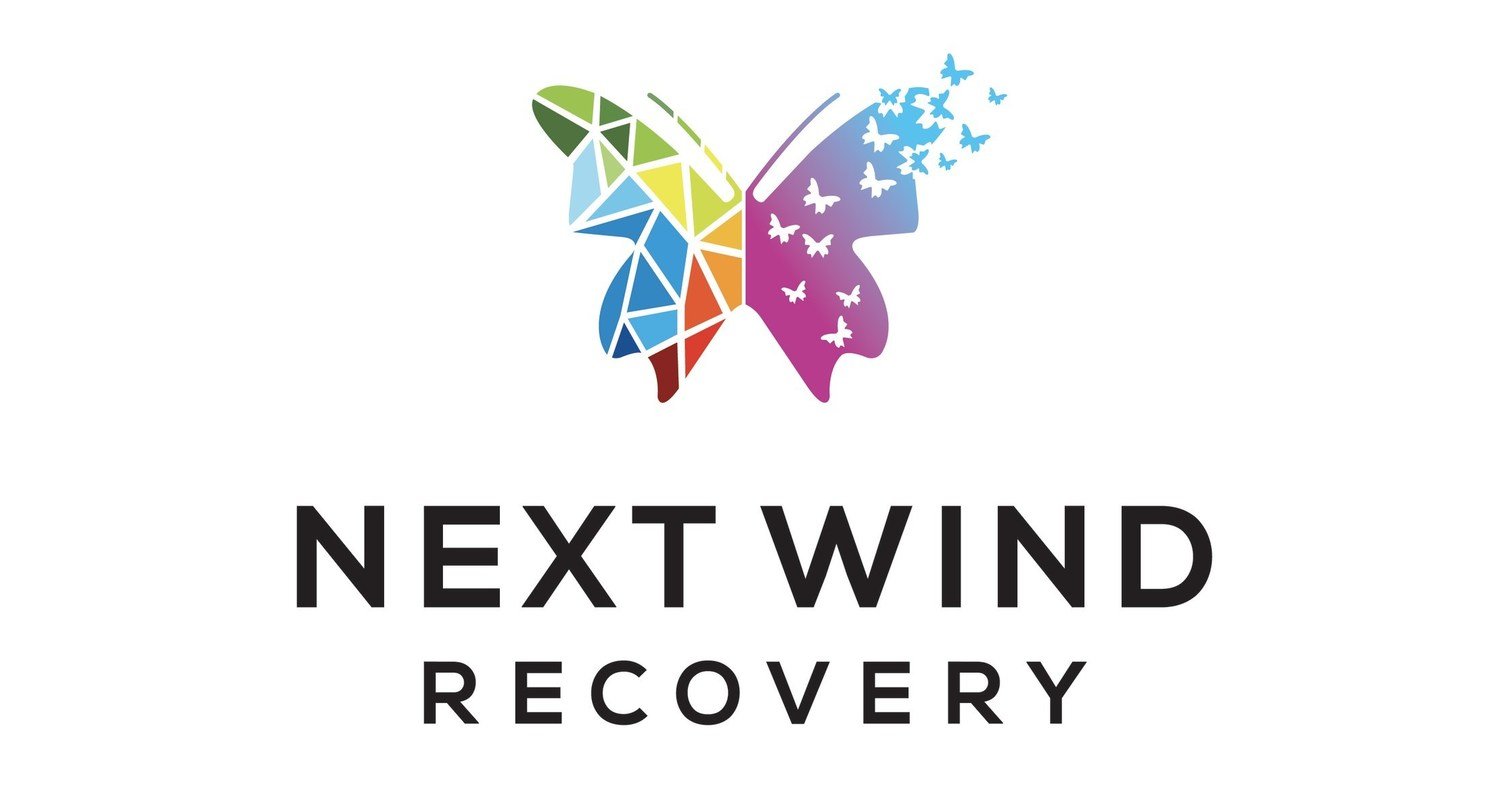According to the National Institute on Drug Abuse (NIDA), more than 40 million Americans have some form of substance abuse disorder (SUD). Fortunately, recovery programs are available, and treatment is extremely effective.
Opening a rehabilitation center can be a rewarding endeavor, yet the process is complex and requires meticulous planning. This includes careful adherence to federal and state-specific regulations. Whether you are researching how to start a drug rehab center, exploring state regulations for rehab, or drafting a drug rehab business plan, understanding rehab center licensing requirements and compliance standards is essential.
The information below will guide you through the process of starting a rehab facility, focusing on key aspects such as licensing, compliance, and business planning. Keep reading to learn what steps to take to ensure success.
Understanding State-Specific Regulations
Each state has unique laws governing the establishment and operation of rehabilitation centers. These regulations often include zoning requirements, licensing standards, and operational protocols.
Zoning Laws: The location of your rehab center must comply with local zoning laws. For example, residential rehab centers may require commercial medical zoning, while smaller facilities might have more lenient requirements in certain states (like California).
Licensing Standards: Regardless of your location, licensing is mandatory for operating a drug rehab center. State health departments often house licensing authorities to oversee this process. There also may be compliance requirements with federal guidelines from organizations like the Substance Abuse and Mental Health Services Administration (SAMHSA) or NIDA.
Accreditation: Many states mandate accreditation from bodies like the Common on Accreditation of Rehabilitation Facilities (CARF) or the Council on Accreditation (COA). Both of these are private, not-for-profit organizations that accredit rehab programs. They help ensure quality standards throughout the rehab delivery services industry.
Steps for Starting a Rehabilitation Center
While there is no concrete blueprint for starting a rehabilitation facility, there are a few common steps. Here are the main ones to consider.
1. Research State Requirements
Begin by consulting your state's health department or licensing authority to understand specific requirements for your facility type (for example: inpatient, outpatient, or both) and services offered. Standards can vary based on these two criteria. For instance, an outpatient center that offers cognitive behavioral health and similar counseling services will likely face distinct requirements from one that offers inpatient detoxification services.
As an example, licensing in Rhode Island requires adherence to the "Rules and Regulations for Licensing Rehabilitation Hospital Centers. This includes submitting an application fee and undergoing a prior review by the state Health Services Council.
North Carolina regulates several different types of rehab facilities for substance abuse disorders, including:
Residential treatment programs
Social detoxification centers
Family- and group-focused recovery programs
Providers must obtain accreditation and register their business or organization. They also must comply with Medicaid requirements, if they serve Medicaid beneficiaries.
2. Draft a Comprehensive Business Plan
A solid rehab facility business plan is crucial for guiding operations and securing funding.It should include:
Mission statement
Target population
Services offered
Staffing plans
Financial projections
3. Secure Licensing
The licensing process typically involves:
Submitting an application with detailed documentation regarding staff qualifications and treatment protocols.
Paying applicable fees.
Passing inspections to ensure compliance with safety and operational standards.
4. Develop Policies and Procedures
Create a "Policies and Procedures" manual outlining therapeutic practices, client services, and operational protocols. Note that such a manual is often required during the licensing process.
5. Hire Qualified Staff
Ensure that all personnel meet credentialing requirements. Common certifications include Certified Alcohol and Drug Counselor (CADC) or Licensed Clinical Social Worker (LCSW).
Compliance for Drug Treatment Centers
Compliance is critical not only during the setup phase but also throughout the operation of your rehab center. These include the following areas.
Federal Guidelines
Adherence to federal laws like the Rehabilitation Act ensures accessibility and nondiscrimination in service delivery.
Health and Safety Standards
Your facility must provide services in an environment free of health and safety hazards. Regular audits can help maintain compliance.
DEA Registration
If your center offers opioid treatment programs, you must register with the Drug Enforcement Administration (DEA) in addition to obtaining state licenses.
Note that registration, licensing, and other state laws can change over time. It is imperative that rehab center administrative staff keep up with current laws as they relate to their business or organization.
Financial Planning for Rehab Centers
Starting a rehab center almost always involves significant financial investment. Initial costs can range from $500,000 for smaller facilities to over $1 million for larger operations. A comprehensive financial plan should address:
Startup costs: These cover office space, equipment, and licensing fees.
Operational expenses: These are necessary for recurring costs like staff salaries, rent, and utilities.
Marketing budget: Marketing is necessary for attracting new clients, or hiring a competent marketing agency to do so.
Inspection Readiness
After submitting your application for licensure, most states require an on-site inspection to verify compliance with regulations. Prepare by conducting internal audits and ensuring all documentation is up-to-date.
Marketing Your Rehab Center
Unlike traditional businesses, rehab centers rely heavily on strategic marketing to attract clients. A well-thought-out marketing plan should include:
Online presence through SEO-focused content.
Partnerships with healthcare providers.
Community outreach programs.
Challenges in Starting a Rehab Center
While opening a rehabilitation center can be fulfilling, it comes with challenges:
Navigating Complex Regulations: Each state has unique requirements that can be difficult to interpret without professional guidance.
Securing Funding: Convincing investors or banks requires a detailed business plan showcasing profitability projections.
Maintaining Compliance: Regular audits are necessary to ensure ongoing adherence to licensing standards.
Learn More About How to Start a Drug Rehab Center
Starting a rehabilitation center requires meticulous planning, from understanding state regulations for rehab to drafting a drug rehab business plan. By adhering to licensing requirements and maintaining compliance standards, you can create a facility that not only meets legal obligations but also provides impactful care to those in need. Whether you're exploring how to start a drug rehab center or seeking guidance on operational protocols, the roadmap above provides the foundation for success in the addiction recovery sector.
The Drug Rehab Agency assists rehabilitation centers across the country through the use of innovative marketing strategies. Our team of marketing specialists creates unique plans tailored to each client's individual goals and visions. Reach out to us today to schedule a free consultation.








